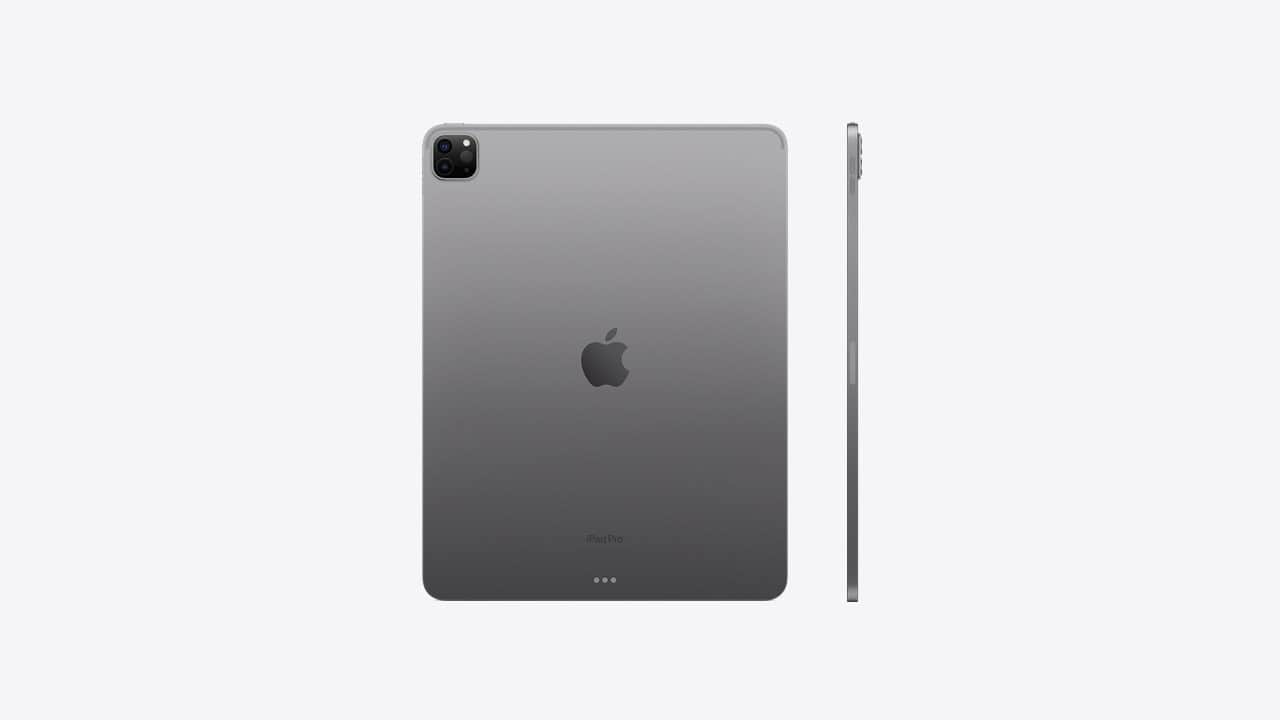An unresponsive iPad with battery issues can be frustrating. Many users face this problem, but there are several effective solutions. To turn on a dead iPad with battery issues, first try charging it with a different cable and power source for at least 30 minutes.
If the iPad still doesn’t respond, perform a hard reset by pressing and holding the Power and Home buttons simultaneously for about 10 seconds. This often resolves software glitches that prevent the device from turning on.
For persistent issues, users can try putting the iPad into recovery mode by connecting it to a computer and using iTunes. This method can help restore the device’s software and potentially resolve battery-related problems.
Reviving a Dead iPad: Dealing with Battery Troubles
A dead iPad, especially one with a suspected battery issue, can be frustrating. But before you panic, here’s a troubleshooting guide to help you bring it back to life:
1. The Obvious: Check the Charging Setup
- Cable and Adapter: Make sure you’re using a genuine Apple Lightning cable and a compatible power adapter. Try a different cable and adapter if you have them.
- Wall Outlet: Ensure the wall outlet is working correctly. Test it with another device.
- Connection: Check the charging port on your iPad for any debris or damage that might be hindering the connection.
2. Force Restart Your iPad
Sometimes, a force restart can jolt your iPad back to life.
- iPad models with Face ID: Quickly press and release the Volume Up button. Quickly press and release the Volume Down button. Then, press and hold the Top button until the Apple logo appears.
- iPad models with a Home button: Press and hold both the Home button and the Top (or Side) button until the Apple logo appears.
3. Let it Charge for an Extended Period
If your iPad’s battery is completely drained, it might need a significant amount of time to charge before it shows any signs of life. Leave it connected to the charger for at least an hour, preferably longer.
4. Try a Different Charging Source
Try charging your iPad from a different power source, such as a computer’s USB port or a portable power bank. This can help determine if the issue is with your wall outlet or charging adapter.
5. DFU Mode Restore (Advanced)
If your iPad still doesn’t respond, you can attempt a Device Firmware Update (DFU) mode restore. This is a more advanced troubleshooting step that should be used with caution, as it erases all data on your iPad.
- Connect your iPad to a computer with iTunes (or Finder on macOS Catalina or later).
- Follow the specific DFU mode steps for your iPad model. (Search online for “DFU mode [your iPad model]” for detailed instructions.)
- Attempt to restore your iPad through iTunes/Finder.
6. Signs of a Battery Problem
If your iPad only turns on when connected to the charger, or if it drains quickly even with minimal use, it’s a strong indication of a battery problem.
7. Seek Professional Help
If none of the above steps work, it’s time to contact Apple Support or visit an authorized service provider. They can diagnose the issue and provide repair or replacement options for your iPad’s battery.
Important Note: Avoid using your iPad while it’s charging if you suspect a battery issue, as this can potentially worsen the problem.
Key Takeaways
- Charge the iPad for at least 30 minutes before attempting to turn it on
- Perform a hard reset if charging doesn’t work
- Use recovery mode as a last resort to restore the iPad’s software
Initial Troubleshooting Steps
When an iPad won’t turn on, several quick checks can often resolve the issue. These steps focus on the battery, device reset, and charging equipment.
Checking the Battery Charge
The first step is to ensure the iPad has sufficient power. Users should connect the iPad to a power source using the original charger and cable. It’s important to leave the device charging for at least 30 minutes. During this time, the screen may remain black.
If the battery was completely drained, the iPad might take up to an hour to display the charging symbol. Users should look for a lightning bolt icon next to the battery indicator, signaling that charging has begun.
Performing a Hard Reset
If charging doesn’t work, a hard reset can often solve software-related issues. The method varies by iPad model:
- For iPads with a Home button: Press and hold the Home and Power buttons simultaneously for about 10 seconds.
- For iPads without a Home button: Quickly press and release the volume up button, then the volume down button, and finally press and hold the top button.
Users should continue holding the buttons until the Apple logo appears on the screen. This process forces the iPad to restart, potentially resolving any software glitches preventing it from turning on.
Inspecting the Charging Cable and Adapter
If the iPad still won’t turn on, the charging equipment may be faulty. Users should:
- Check the charging port for debris or damage
- Try a different charging cable and adapter
- Test the cable with another device to ensure it’s working
Sometimes, dust or lint can block the connection. Using a flashlight to inspect the port can reveal any obstructions. If debris is visible, gently clean the port with a soft, dry toothbrush or compressed air.
If these steps don’t work, the iPad may require professional repair.
Advanced Solutions and Professional Help
When simple solutions fail to revive a dead iPad, more advanced techniques and professional assistance become necessary. These methods involve using computer software, entering special modes, and seeking expert help.
Using iTunes or Finder for Recovery
iTunes or Finder can help revive a dead iPad. Users should connect their iPad to a computer with the latest version of iTunes or Finder installed. The software may detect the device and offer options to restore or update it.
If the iPad is recognized, users can try updating the software first. This process preserves data while fixing potential software issues. If updating fails, a full restore might be necessary. This erases all data but can resolve more severe problems.
It’s crucial to back up the iPad regularly to prevent data loss in such situations.
Entering Recovery Mode
Recovery Mode is a powerful tool for troubleshooting iPad issues. To enter Recovery Mode:
- Connect the iPad to a computer.
- Press and quickly release the Volume Up button.
- Press and quickly release the Volume Down button.
- Press and hold the Top button until the Recovery Mode screen appears.
In Recovery Mode, users can update or restore their iPad through iTunes or Finder. This method can resolve software glitches that prevent the iPad from turning on normally.
Contacting Apple Support
Apple Support offers expert assistance for iPad issues. Users can contact them through:
- Phone
- Online chat
- Twitter (@AppleSupport)
Support representatives can guide users through advanced troubleshooting steps. They may also determine if the iPad needs physical repair.
Apple Support can also help schedule appointments at Apple Stores or Authorized Service Providers if needed.
Visiting an Apple Store for Repair
Apple Stores provide professional help for iPad issues. Genius Bar technicians can diagnose and repair hardware problems that users can’t fix at home.
At the store, technicians will:
- Run diagnostic tests
- Check for physical damage
- Verify warranty status
If the iPad is under warranty or covered by AppleCare+, repairs might be free. Out-of-warranty repairs have associated costs, which the technician will explain before proceeding.
For complex issues, the iPad may need to be sent to an Apple Repair Center for more extensive work.





